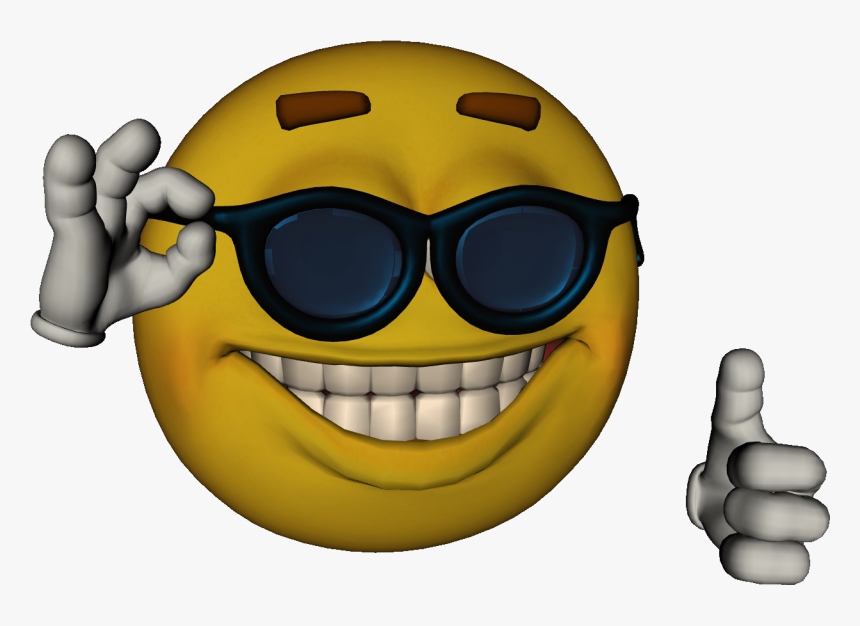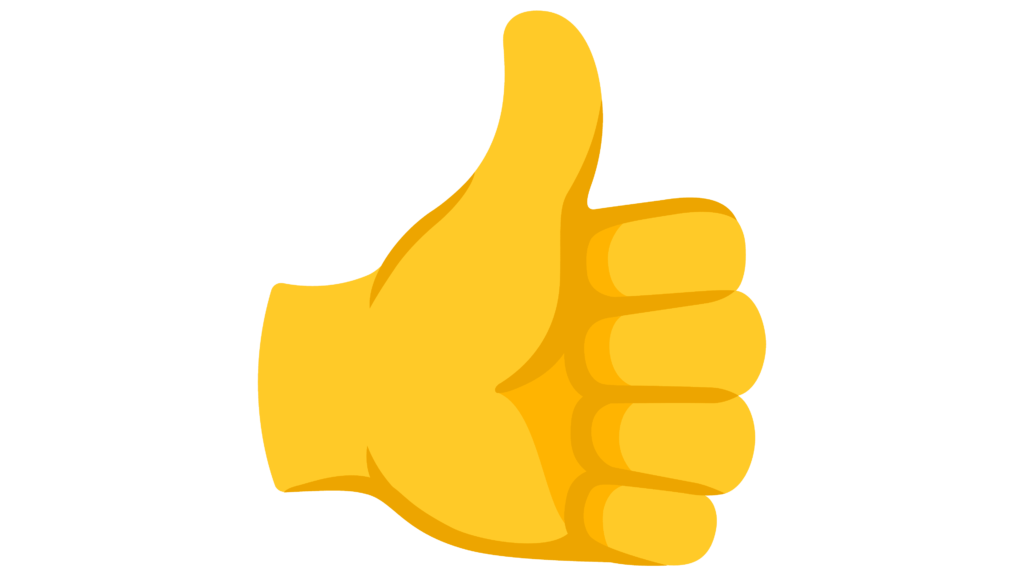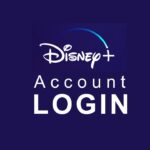The thumbs up emoji is one of the most universally recognized and frequently used symbols in digital communication. Represented by a hand with the thumb extended upward, this emoji is commonly used to convey approval, agreement, or encouragement. In this article, we’ll dive into the meaning, uses, and variations of the thumbs up emoji, as well as its impact on communication in today’s digital age.
What is the Thumbs Up Emoji?
The thumbs up emoji, typically depicted as a hand with the thumb extended upward, is used to express positive sentiments such as approval, agreement, or encouragement. It is often seen in text messages, social media posts, and various online communications. Its simplicity and clarity make it a versatile tool for expressing a range of positive responses.
Why Use the Thumbs Up Emoji?
The thumbs up emoji is popular because it is straightforward and universally understood. It provides a quick and effective way to show approval or support without the need for lengthy explanations. Its widespread recognition across different cultures and languages makes it a reliable choice for digital communication.
Popular Uses of the Thumbs Up Emoji
The thumbs up emoji can be employed in various contexts to convey different messages. Here are some common uses:
Approval and Agreement
One of the primary uses of the thumbs up emoji is to show approval or agreement. For example, if someone shares an idea or proposal and you want to show that you agree, sending a thumbs up emoji can quickly and clearly communicate your stance.
Example:
- Person A: “I think we should meet at 3 PM tomorrow.”
- Person B: “👍”
Positive Reinforcement
The thumbs up emoji is often used to provide positive reinforcement. Whether it’s a job well done, a successful project completion, or any form of achievement, the thumbs up emoji serves as a quick and effective way to offer praise and encouragement.
Example:
- Person A: “I finished the report ahead of schedule!”
- Person B: “Great job! 👍”
Casual Acknowledgment
In casual conversations, the thumbs up emoji can be used to acknowledge receipt of information or to indicate that a message has been read and understood. It’s a simple way to confirm that you’ve received the message without needing to provide a detailed response.
Example:
- Person A: “Don’t forget to send the email by 5 PM.”
- Person B: “👍”
Social Media Engagement
On social media platforms, the thumbs up emoji is often used to engage with content. Liking or reacting to posts with a thumbs up emoji can show support for the content shared by others, be it a photo, a status update, or a shared article.
Example:
- Person A: Posts a photo from a recent trip.
- Person B: Likes the photo with a thumbs up emoji.
Variations of the Thumbs Up Emoji
While the traditional thumbs up emoji is widely recognized, there are variations that offer additional nuance and expression. Here’s a look at some of the variations:
Thumbs Up with Different Skin Tones
The thumbs up emoji is available in various skin tones, allowing users to choose an option that best represents their identity or the diversity they wish to convey. This variation promotes inclusivity and personal expression.
Example:
- 👍 (Light skin tone)
- 👍🏽 (Medium brown skin tone)
- 👍🏿 (Dark skin tone)
Animated Thumbs Up Emoji
Some platforms and applications offer animated versions of the thumbs up emoji. These animated emojis can add a dynamic element to your messages, making them more engaging and expressive.
Example:
- An animated thumbs up emoji that bounces or lights up.

The Impact of the Thumbs Up Emoji in Digital Communication
The thumbs up emoji has a significant impact on digital communication. Its simplicity and universal recognition make it a valuable tool for conveying positive feedback quickly and efficiently. However, it’s essential to understand its potential limitations and nuances:
Positive Aspects
- Clarity: The thumbs up emoji provides a clear and unambiguous message of approval or agreement.
- Efficiency: It allows for quick and easy communication without needing to type out full responses.
- Universality: Its widespread recognition makes it a safe choice for cross-cultural communication.
Potential Limitations
- Lack of Depth: While the thumbs up emoji is effective for simple messages, it may not convey the depth of emotion or feedback required in more complex conversations.
- Misinterpretation: In some contexts, a thumbs up emoji might be perceived as insincere or dismissive, particularly if it’s used in place of a more thoughtful response.
Best Practices for Using the Thumbs Up Emoji
To use the thumbs up emoji effectively, consider the following best practices:
Match the Tone of the Conversation
Ensure that the thumbs up emoji aligns with the tone of the conversation. In casual discussions, it’s a great way to express agreement or support. In more formal or sensitive conversations, it may be more appropriate to provide a detailed response.
Use with Other Emojis or Text
Combining the thumbs up emoji with other emojis or text can add context and clarity. For instance, adding a smiley face or a congratulatory message can enhance the overall sentiment.
Example:
- “Well done on the presentation! 👍😊”
Be Mindful of Cultural Differences
While the thumbs up emoji is generally understood worldwide, be mindful of cultural differences in interpretation. In some cultures, the thumbs up gesture can have different meanings, so it’s essential to be aware of the context in which you’re using it.

Conclusion
The thumbs up emoji is a powerful tool in digital communication, offering a simple yet effective way to convey approval, agreement, and encouragement. Its universal recognition and versatility make it a go-to choice for a wide range of contexts. By understanding its uses, variations, and potential impact, you can leverage the thumbs up emoji to enhance your communication and express positive sentiments clearly and efficiently. Whether used in personal messages, social media interactions, or professional correspondence, the thumbs up emoji remains a valuable symbol in the digital age.


